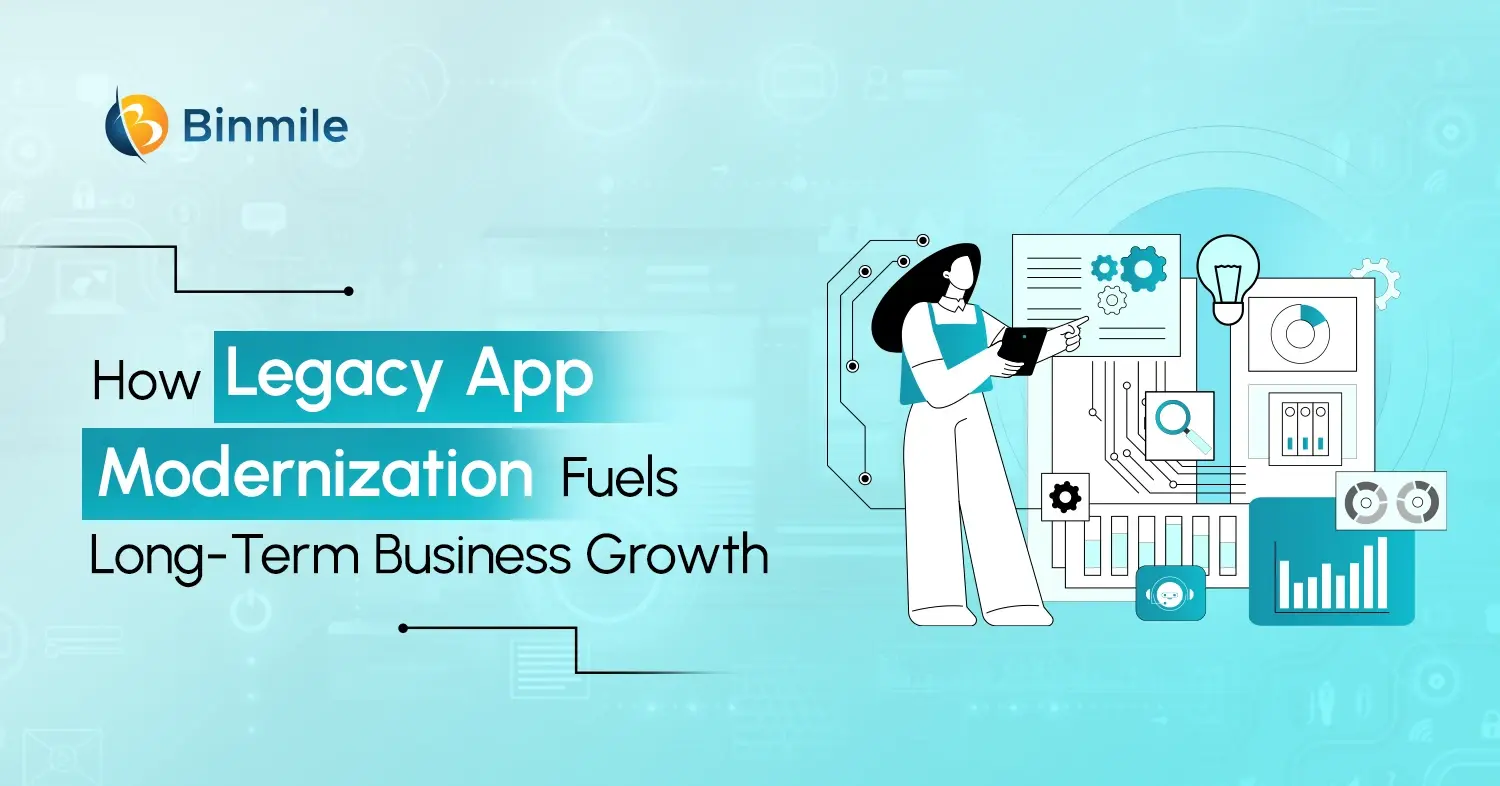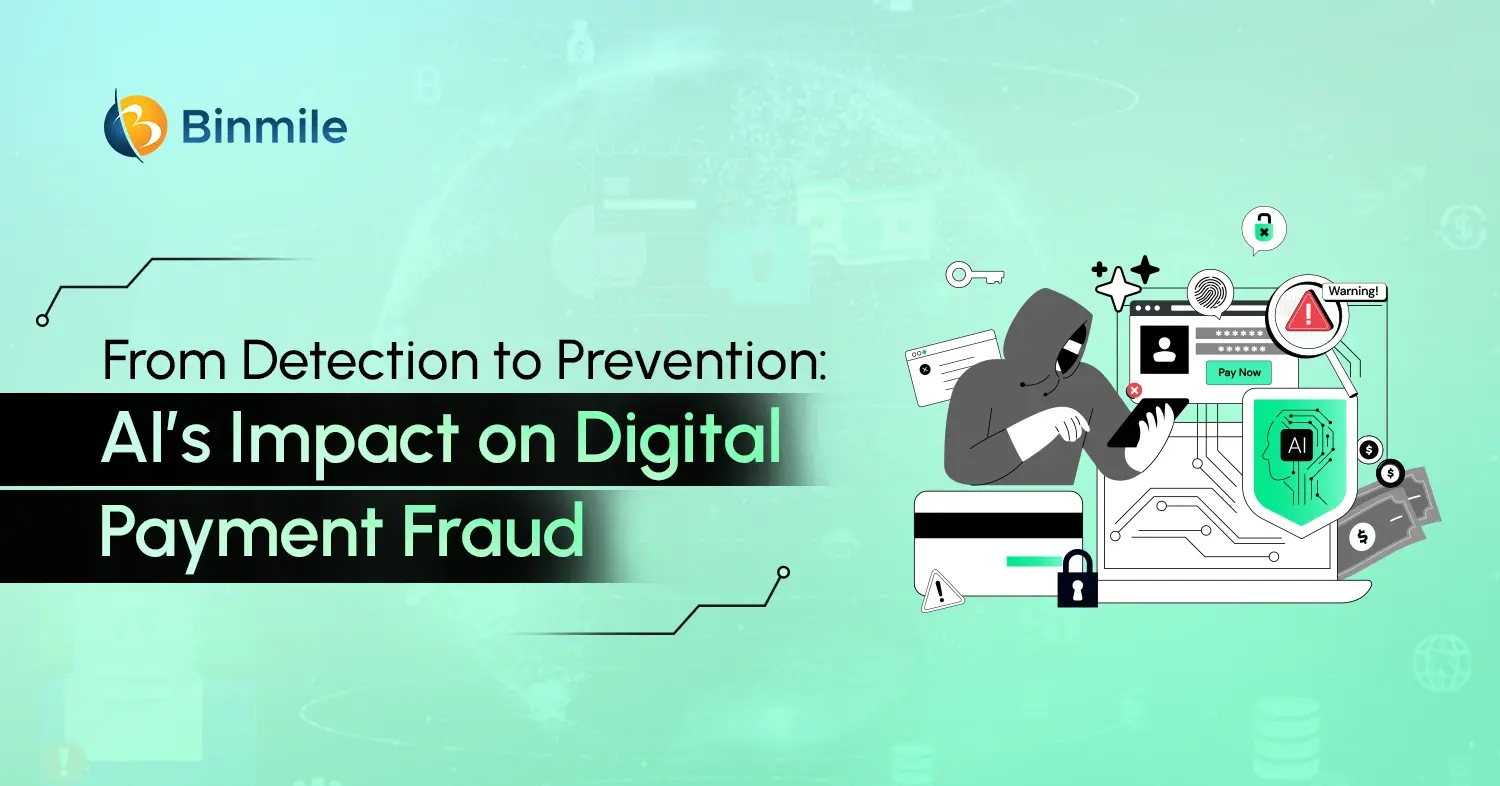In today’s fast-evolving digital landscape, businesses relying on outdated legacy systems face growing risks and missed opportunities. These systems, often plagued by inefficiencies, security vulnerabilities, and integration issues, hinder business agility, slow down operations, and increase long-term costs. According to Gartner, by 2025, over 90% of enterprises will require modernization efforts to support digital business initiatives, as outdated infrastructure becomes a major roadblock to innovation. Failure to modernize can lead to cybersecurity threats, regulatory non-compliance, and an inability to leverage emerging technologies such as AI and cloud computing. If your business is still running on obsolete infrastructure, now is the time to explore modernization and unlock new levels of efficiency and competitiveness.
The Urgent Need for Legacy System Modernization
Aging software presents multiple risks, from unpredictable security lapses to poor risk assessment and operational inefficiencies. As technology advances, legacy systems become more of a liability than an asset. Why is modernization crucial?
- Security Threats: Older systems lack modern security frameworks, making them vulnerable to cyberattacks.
- High Maintenance Costs: Frequent crashes, downtime, and costly repairs drain IT budgets.
- Lack of Scalability: Legacy applications struggle to integrate with cloud-based and mobile technologies.
- Regulatory Non-compliance: Many legacy systems fail to meet evolving compliance and data protection standards.
Legacy System Modernization: Market Analysis and Statistics
The demand for modern IT infrastructure continues to surge. Gartner predicts that by 2026, 60% of enterprises will implement at least one application modernization initiative to enhance their digital transformation efforts. This growth underscores the increasing need for businesses to shift from legacy systems to more agile, secure, and scalable solutions.
The demand for modern IT infrastructure continues to surge. A recent market forecast projects the application modernization services market to grow from $21.13 billion in 2024 to $24.58 billion in 2025, at a CAGR of 16.3%. This growth underscores the increasing need for businesses to shift from legacy systems to more agile, secure, and scalable solutions.
What is Legacy System Modernization?
Legacy system modernization involves upgrading aging business applications to improve efficiency, security, and interoperability. It can take various forms, including cloud migration, replatforming, reengineering, and containerization. Key benefits include:
- Improved processing time and system performance
- Enhanced data consistency and security
- Seamless cross-platform collaboration
- Reduced operational costs and maintenance overhead
- Increased flexibility to adopt AI, automation, and cloud-native technologies
Why is Legacy System Modernization Required?
The need to modernize legacy systems arises when business initiatives and processes encounter a slowdown and become downright obstacles upon reaching a tipping point. Modern technologies enable business leaders to drive innovations in their businesses. Business leaders relying on legacy systems remain deprived of meeting modern requirements. It eventually leads your business to go downhill in terms of its market growth.
What Makes Legacy Modernization Essential for Business Leaders?
- It helps businesses with creative solutions to outpace competitors
- It creates and maintains your competitive advantages
- It reduces business risks and makes the system’s performance better
- It is best fitted to meet performance standards, thus helping businesses to ensure that their customers are satisfied, and employees are happy
- It enables the transition of an agile platform from an IT stack, helping you scale your business in the future
- It gives protection to your IT Infrastructure against possible internal security breaches and external threats
- Ensures that the legacy system doesn’t encounter financial incompetence
Also Read: Data Modernization Strategy for BFSI
10 Warning Signs Indicating Why Your Business Requires Legacy System Upgrading
If your organization experiences any of the following challenges, it’s a clear indicator that modernization is not just beneficial but essential for maintaining efficiency, security, and competitiveness in today’s digital landscape. Companies that delay modernization risk falling behind in an increasingly technology-driven market, where agility and adaptability define success.
1. Frequent Downtime and Performance Issues
Legacy systems often experience slow response times, frequent crashes, and unplanned downtime. This results in disrupted workflows, frustrated employees, and dissatisfied customers. Take for example, a financial services firm operating on an outdated transaction processing system faced repeated outages, delaying customer payments and damaging trust. A modern cloud-based solution could have provided better uptime and performance.
2. The System is Not Mobile-Friendly
Implementing a mobile-app strategy is one of the most important business requirements in today’s business landscape, according to 89% of companies surveyed by Red Hat.
What does that mean? It simply means the significance of retrofitting your system to the compatibility of mobile-friendliness. To say otherwise, if your system is connected only by office computers, not from any other device, you should consider upgrading it to ensure that you won’t be outpaced by your competitors, in terms of revenue generation and performance. It explains why cloud-supported SaaS products perform better than any on-premises system.
Removing device dependence and employing mobile strategies would mean better performance for your workers using mobile devices for inventory management. Integrating mobile tools would complement your legacy software with improved features. The problem with legacy systems is that they mainly depend on bulky custom code and workarounds to be compatible with new tools.

3. Vulnerable Security Infrastructure
Legacy systems running on defunct technology can’t outpace hackers who are relatively more sophisticated today. For legacy systems to be able to keep pace with modern hackers, they need to be upgraded against hacking techniques (like SQL injection) prevalent in today’s time. Better conduct a routine security audit to figure out where your legacy software stands on tackling modern hacking techniques. Legacy modernization becomes an absolute necessity if your legacy software is found to have gaping vulnerabilities.
4. The System Encounters Frequent Crashes and Downtime
Redundant legacy software frequently crashes and encounters downtime. This means your system is not compatible to meet your needs when you expect superior performance undisturbed. Besides, such systems are no longer productive to serve your needs due to the absence of effective community support. Modernizing legacy systems enhances operational efficiency and performance, with zero downtime deployment ensuring seamless upgrades without service disruptions.
5. Legacy Systems not Integrating Well with Modern Counterparts
If you want your business processes to run efficiently, ensure that your legacy software is compatible with modern tools and applications. You can’t downplay compatibility issues lurking within integrating legacy systems, be it a new CRM or live chat add-on for your domain. A business hog-tied by redundant systems can’t avoid the possibility of losing precious customers.
For example, a modern virtual customer support system is far better and more productive than a mainstream call center. Old systems and tools will undoubtedly drag you down, failing you to utilize what sophisticated technology may offer. What if your competitors utilize modern technology and enjoy the limelight while you remain tethered to your old systems? It’s high time your business required a complete legacy modernization to avoid losing customers, revenue, and existence.
6. It Hampers your Team’s Productivity
Today’s workday is judged by the goals it has met, not the hours clocked in. As a business leader, you need to see if your systems contribute significantly to improving your team’s productivity, such as –
- Maintaining proper collaboration
- Utilizing self-service options
- Helping employees use the systems easily, irrespective of their technological know-how.
Modern and cutting-edge systems are intuitively designed to serve better than their old counterparts. Legacy modernization, therefore, improves across-the-board collaboration, and productivity.
7. Expensive Maintenance, Hidden Costs
Failure to modernize legacy systems will quantify hidden costs, such as –
- In-house tech support
- system management
- Staff training
- Special licensing
With old systems lacking a centralized data processing module, you can’t evade the risk of incurring expensive upgrades to the databases. If the report by the US Government Accountability Office (US GAO) is to be believed, the annual cost of the top 10 legacy systems of the federal government is nearly $337 million.
Besides, legacy systems also pan out expensive costs regarding ongoing maintenance activities, tech debt, frequent downtime, and so on. The implication here is that using legacy systems would require you to pay some hidden costs.
Considering how defunct legacy systems are riddled with security bugs and vulnerabilities, modernizing them is a better option than suffering data breaches or data loss. Besides, your IT department will have to spend more time maintaining old systems involving identifying and fixing the bugs rather than focusing on mission-critical projects.
8. Problems with aging/legacy systems
- Overpay on system management and tech support
- You can’t upgrade and maintain your database properly
- Make your precious data vulnerable to security threats
- You end up spending more than necessary on system updates and integration
- You may lose business opportunities, as aging systems lack agility and scalability
Obsolete and vulnerable legacy computer systems lack performance efficiency and security reliability. They perform poorly on quality parameters, thereby warranting their modernization.
9. When Software Becomes Legacy to Liability
The software system you bought some years ago might have been the ideal solution to your business concerns then, but not now. Today, the system may look like it has become a liability rather than a legacy. So, why would you risk the downfall of your business by using software that no longer serves your purposes? No doubt, some aging systems have their special charm, and they manage to get the work done. However, with changes in technology and demands, they no longer hold the same appeal. For instance, why would you use a copy machine or a typewriter when you can get your needs satisfied with a MacBook?
10. Software not Meeting Existing Regulatory Compliances
Not meeting current regulatory compliances is one of the main legacy system challenges. The absence of support and investment also augurs the likelihood of the code base insufficiently following the regulatory framework. Under such circumstances, any mistake will land you in legal disputes or legal penalties, thereby damaging your reputation in the market.
How to Adopt the Right Legacy System Modernization Strategies?
Legacy system modernization constitutes numerous benefits for organizations. For example, it improves their business efficiency with better functionality and attractive features. However, bear in mind that the approach to legacy upgrade is NOT a task to be taken for granted. Lack of coordination between technical and leadership teams is reported to have caused failure to finish the legacy modernization process among virtually 72% of enterprises. A company can hire a custom software development company that can not only streamline workflow but also reduce time utilization.
1: Study your Legacy System’s Key Drivers
Study your legacy system based on a business perspective involving focusing on business value, and agility. Focus on whether it fits your business needs. Then study the system based on an IT perspective involving cost, intricacy, and risk. The analysis of your system based on both these perspectives will afford proper understanding, say whether your legacy applications require upgrading or not. Choose the approach best suited to your legacy modernization purpose. Do this after assessing your project requirements and studying relevant case studies.
2: Ensure that the Problems are Well-defined
If your existing legacy system’s compatibility is found insufficiently at par with modern IT or organizational needs, figure out the precise nature of the problems. Also, consider what factors are in order for the legacy system to work correctly.
3: Works with the Best Modernization Partner
Working with a trusted legacy system modernization partner pans out well for your objectives. For instance, availing the service of the best technocrats specialized in application reengineering aging systems using diverse upgrading approaches. Most legacy application strategies end up migrating from on-premises applications to a cloud-native architecture, given it is deemed prudential to avoid costly maintenance and onsite updating.
Conclusion
Legacy system modernization is a crucial step a business leader must employ when the aging systems don’t render satisfactory results, such as –
- Better performance results
- Reduced maintenance costs
- No security threats
- No vulnerability
- Data consistency
Use legacy system upgrades as one of the solid implementation strategies to materialize your organizational objective of upgrading existing legacy applications that have gone defunct to the point of being incompatible with modern tools. The downside of using legacy systems is that they seldom fulfill your business goals regarding gaining competitive advantages.
Turn your legacy system into future-ready assets with Binmile!
The legacy applications, once modernized, generate significantly better revenues, even though the customized replacement of the same may sound initially expensive. Adopting the right modernization approach and tools could incentivize your organizational growth.
As your trusted legacy system modernization partner, we facilitate analyzing and implementing legacy modernization initiatives aligned with your organizational goals. In addition to our proven portfolio of application modernization services, we put together collaborative teams with profound industry experience and technical skills. Let us help you integrate a modern and result-oriented legacy modernization approach into your business to improve its efficiency and values.









